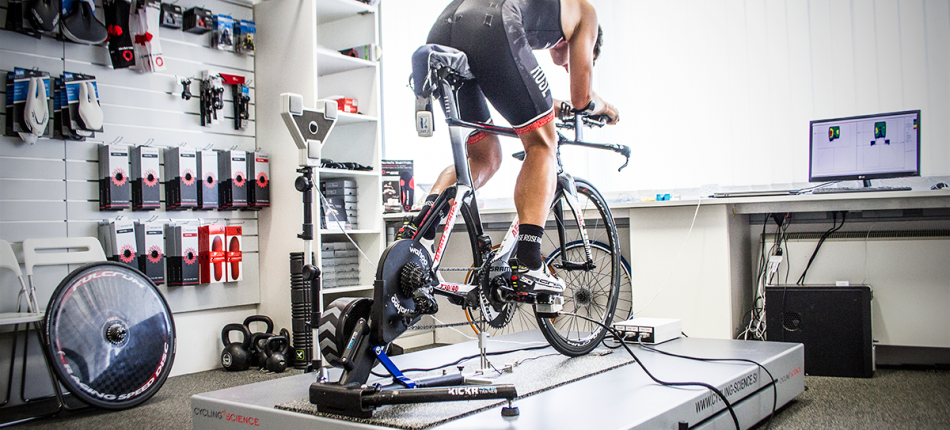A balancing act between pedalling effectiveness and saddle stability
I came across the pressure mapping technology used in cycling biomechanics years ago over a webinar, but it didn’t really get my attention as I just couldn’t find any published evidence on validity and reliability of those measurements. Things changed last year on Eurobike, where I met Lotte and Daniel from GebioMized. They are two great cycling biomechanics experts working for a company that makes pressure mapping technology. I was critical as always, so I approached them and started asking difficult questions about the relevance, statistics, etc. They impressed me with their wide knowledge and also showed the actual data for almost every “problem” I highlighted. Well, apparently I impressed them with questions as well so they quickly asked by my name and surprisingly realised that Fonda from the papers they had known is not an old professor. Only a few weeks later they invited me to deliver a keynote lecture at ISCO with a possibility to present our technology on force pedals to a group of 100 + experts coming from all over the world.This is how our collaborations started and it went exponential since. I’m not going to say anything more about the future, but big things will happen with them.
Last week I got the privilege to get my hands on GebioMized’s latest wireless technology for saddle pressure mapping. This tool allows us to measure how stable the rider sits on the saddle and where it sits. Even though this is not a direct measure of pedalling effectiveness, it is absolutely crucial for the rider’s performance. Let me provide an example:
A professional triathlete with whom I’ve been working very closely for the last year came in for a re-check of his position. We mounted the force pedals and the saddle pressure mat. After some “hardcore” intervals to activate his legs and put him in his “race-pace” position, we started with the baseline measurements. Good and symmetric effectiveness, but the data from the pressure mapping displayed that he’s sitting at the nose of the saddle. I asked him to sit further back, to use more saddle support, which eventually displayed a better stability on the saddle, but reduced the pedalling effectiveness. From the 3D kinematics data I saw a significant backwards move of the knee, so I moved the saddle forward and asked him to sit in the same place on the saddle as in the last trial. Woila! Increased effectiveness and improved stability!
The message to take home is that I had to use two different tools to obtain a bigger picture of this triathlete’s biomechanics. Please note that we did a lot more than just that with the rider, but I cut the story short for this blog.
I’m grateful to have business partners as GebioMized so we can push the borders of cycling technology and provide experts worldwide with tools to make cyclists biomechanically more effective. At the same time, I’m happy to have their latest technology in the lab so I can make our services even better.
Until the next time,
Borut
This article was originally published on www.cycling-science.si


